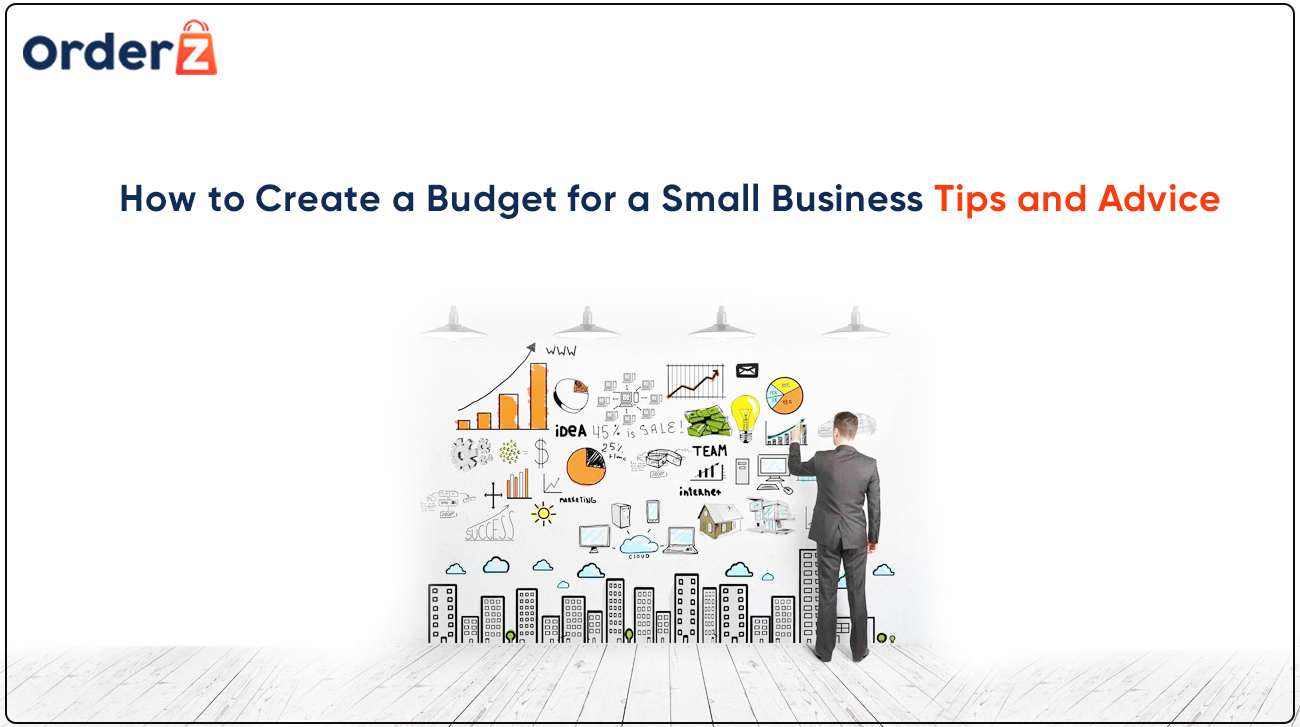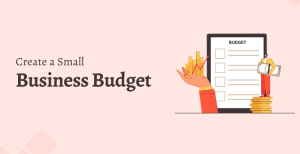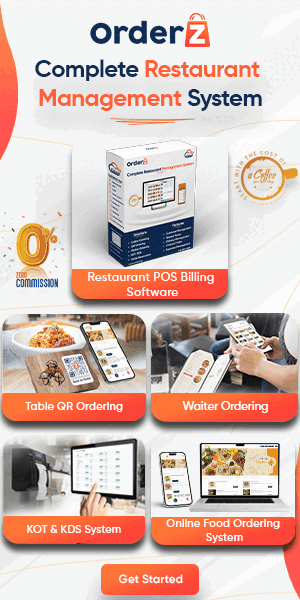Introduction:
A budget is more than just a list of numbers. It is a powerful tool that can help you to plan, manage, and grow your small business. A budget can help you forecast your income and expenses, monitor your cash flow, control your costs, and measure your performance. A budget can also help you to achieve your short-term and long-term goals, such as increasing your sales, expanding your market, or improving your profitability.
However, creating a budget for a small business can be challenging. You may not have enough data, experience, or resources to make accurate projections. You may also face uncertainties and changes in the market, customer demand, or competition. How can you create a realistic and effective budget for your small business?
In this blog, we will share some tips and advice on how to create a budget for a small business. We will guide you through the steps of creating a budget, from reviewing your past financial statements to setting your goals and objectives, to estimating your income and expenses, to creating and monitoring your budget. We will also show you how to use different tools and methods to create and adjust your budget according to your needs and circumstances.
A budget is a financial plan that helps you track your income and expenses. It can be a valuable tool for small businesses of all sizes, helping you to:
- Stay on top of your finances
- Make informed financial decisions
- Reach your financial goals
What is a business budget?

A business budget is a financial plan that outlines your income and expenses for a specific period of time, typically one year. It helps you track your money, make informed financial decisions, and reach your business goals.
A business budget typically includes the following:
Income:
This is the money that your business brings in from sales, services, or other sources.
Expenses:
This is the money that your business spends on things like rent, utilities, wages, and trade.
Cash flow:
This is the difference between your income and expenses. A positive cash flow means that your business is bringing in more money than it is spending. A negative cash flow means that your business is spending more money than it is bringing in.
Surplus:
This is the money that your business has left over after all of its costs have been paid. A surplus can be used to save for a rainy day, invest in the business, or pay down debt.
Deficit:
This is the money that your business owes after all of its costs have been paid. A deficit can be financed by taking out a loan or using a line of credit.
A business budget can be created using a variety of methods, including:

- Spreadsheet:
This is a simple and easy-to-use way to create a budget.
- Budgeting software:
There are many budgeting software programs available that can help you create and track your budget.
- Online budgeting tools:
There are also many online budgeting tools that can help you create and track your budget.
The best way to create a business budget is to choose a method that works best for you and your business. Once you have created a budget, it is important to track your income and expenses and make adjustments as needed.
Why your small business needs a budget

Even if you’re a sole proprietor or have a very small business, a budget can be helpful. Here are some of the reasons why your small business needs a budget:
To help you track your income and expenses.
This will give you a better understanding of where your money is going and how you can save or invest it more effectively.
To make informed financial decisions.
When you have a budget, you can see how much money you have available to spend on different things. This can help you avoid overspending and make sure that you’re investing your money in the right places.
To help you reach your financial goals.
Whether you’re saving for a rainy day, retirement, or a new business venture, a budget can help you stay on track and reach your goals.
How to create a small business budget in 7 steps
Here are the steps on how to create a budget for your small business:
Gather your financial information.
This includes your income statements, balance sheets, and any other financial records you have. If you don’t have any financial records, start by tracking your income and expenses for a few months. This will give you a good starting point for creating your budget.
Identify your income sources.
This could include sales revenue, rent income, or investment income.
Identify your expenses.
This could include rent, utilities, salaries, marketing, and supplies. Be as specific as possible when identifying your expenses. For example, instead of just listing “marketing”, list out each specific marketing activity that you spend money on, such as advertising, social media marketing, and public relations.
Categorize your expenses.
This will help you to see where your money is going and make it easier to create a budget. Some common expense categories include:
- Rent or mortgage
- Utilities
- Marketing
- Sales and administration
- Salaries and wages
- Equipment and supplies
- Travel and Entertainment
- Insurance
- Taxes
- Debt payments
- Miscellaneous
Set financial goals.
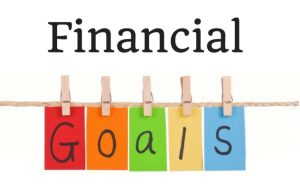
What do you want to achieve with your budget? Do you want to save for a rainy day, invest for retirement, or grow your business? Once you know your goals, you can start to allocate your income to different expenses.
Create a budget.
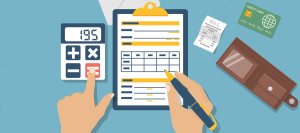
This will involve allocating your income to your expenses. Be realistic and make sure that your budget is achievable. If you’re not sure where to start, you can use a budgeting template or software program.
Track your spending.
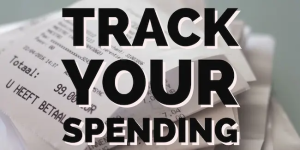
This will help you to make sure that you’re sticking to your budget. There are a number of ways to track your spending, such as using a budgeting app, entering your expenses into a spreadsheet, or simply keeping a spending journal.
Here are some additional tips for creating a small business budget:

- Be flexible. Your budget is not set in stone. Things change, so be prepared to adjust your budget as needed.
- Get everyone on board. If you have employees, make sure that they are aware of the budget and are committed to sticking to it.
- Review your budget regularly. Once a month, review your budget to make sure that it is still accurate and that you are on track to reach your financial goals.
Creating a budget can be a daunting task, but it is definitely worth the effort. By following these tips, you can create a budget that will help you to achieve your financial goals and grow your small business.
Conclusion:
Creating a budget for a small business is not as hard as it seems. By following the tips and advice in this blog post, you can create a budget that suits your needs and goals. A budget can help you to plan ahead, manage your money wisely, and achieve success.
Remember, a budget is not a static document that you create once and forget. It is a dynamic and flexible plan that you should review and update regularly. You should compare your actual results with your budgeted figures, and identify any variances or discrepancies.
You should also evaluate your progress towards your goals and objectives, and measure your performance using key indicators. If you find any problems or opportunities in your budget, you should make adjustments accordingly. You should also update your budget whenever there are significant changes in your business environment or circumstances.
A budget is a valuable tool that can help you to run and grow your small business. By creating a budget for your small business, you can take control of your finances, track your performance, and achieve your goals.
FAQs about creating a budget for a small business:
How often should I update my budget?
You should update your budget at least once a month. This will help you ensure that it is still accurate and that you are on track to reach your financial goals.
What if I don’t have all of my financial information?
If you don’t have all of your financial information, don’t worry. Start by gathering what you do have and then add the rest of the information as you get it.
What is a budget for a small business?
A budget for a small business is a financial plan that outlines the expected income and expenses over a specific period, typically a year. It serves as a roadmap for managing finances and achieving financial goals.
Why is it essential to have a budget for a small business?
A budget helps small businesses control spending, plan for future expenses, allocate resources effectively and track financial performance. It also provides a basis for making informed business decisions.
What are some budgeting tools?
There are a number of budgeting tools available, both online and offline. Some popular options include QuickBooks, Mint, and EveryDollar.
What are the benefits of having a budget?
There are many benefits to having a budget, including:
- Increased financial control
- Improved cash flow management
- Reduced stress
- Increased savings
- Achieved financial goal


